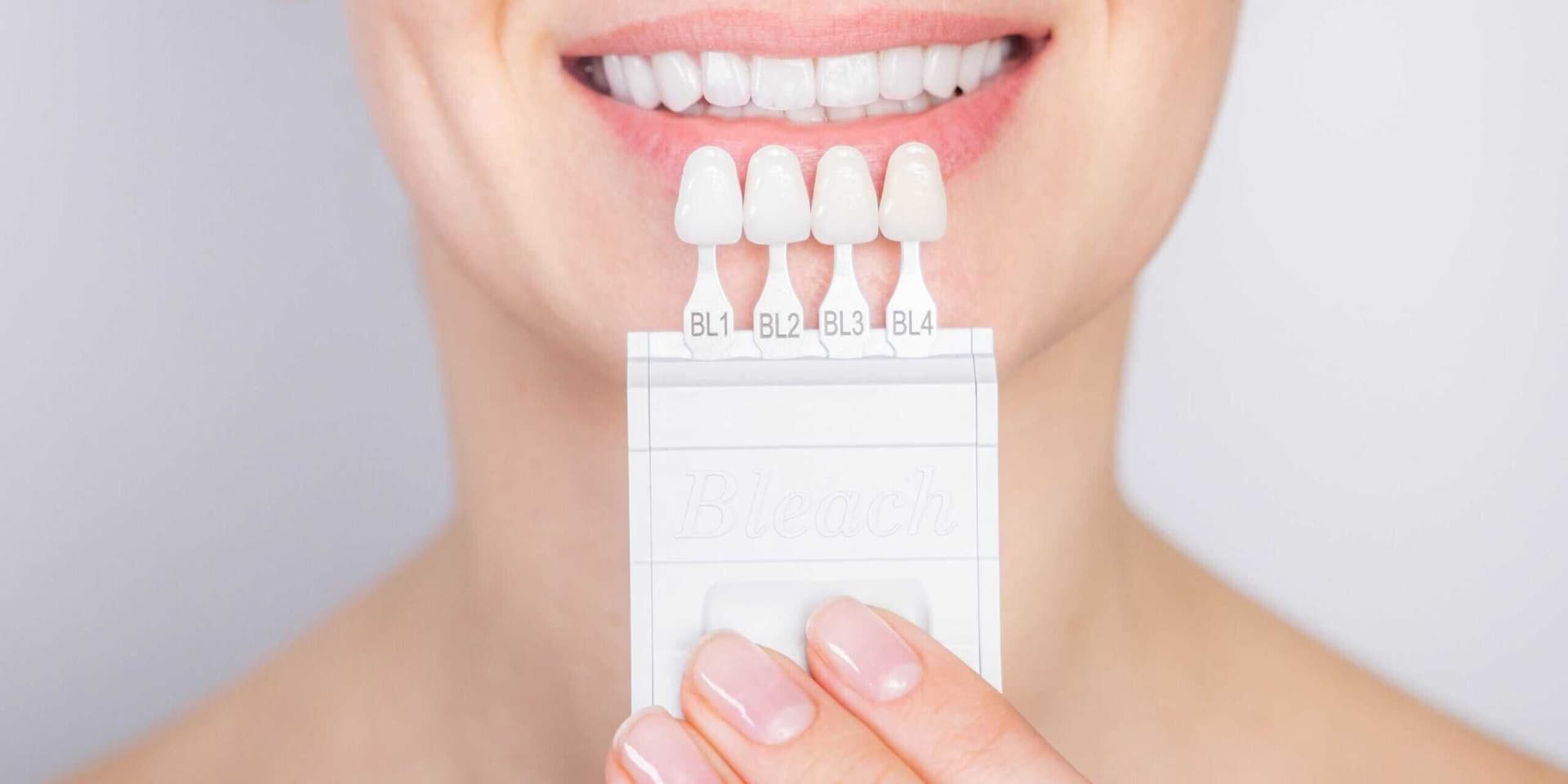
Cost of Dental Veneers Differs from Traditional Braces
Dental veneers and traditional braces are two popular cosmetic dental treatments that enhance the appearance of your smile. While both serve to correct dental issues, such as misalignment and discoloration, they do so in very different ways. The differences in their approaches, duration, and overall results can influence their cost. However, cost isn't the only factor to consider when choosing between these two treatments. Understanding the benefits and limitations of each can help you make an informed decision based on your needs and lifestyle.
Understanding Dental Veneers:
Cost of dental veneers in Dubai, UAE (تكلفة فينير الأسنان في دبي بالإمارات العربية المتحدة) are thin, custom-made shells of porcelain or composite resin that are bonded to the front surface of the teeth. They are often used to cover up imperfections such as stains, chips, or gaps. The procedure involves removing a small amount of enamel from the teeth, after which the veneers are placed to create a more aesthetically pleasing appearance. Veneers can improve the shape, color, and size of the teeth in just a few visits, making them a quick and efficient solution for many.
How Traditional Braces Work:
Traditional braces, on the other hand, are used to correct issues with tooth alignment, bite, and spacing. Braces consist of metal brackets, wires, and rubber bands that work together to slowly move the teeth into their correct positions over time. This process can take several months to a few years, depending on the severity of the dental issue. Braces are highly effective in treating structural problems but require more time and maintenance compared to veneers.
The Durability Factor:
One significant difference between dental veneers and traditional braces is their durability. Veneers are designed to be long-lasting, often with a lifespan of 10 to 15 years, depending on how well they are maintained. They are resistant to staining, which makes them a good choice for people who want to maintain a bright smile. However, veneers may need to be replaced if they chip or wear down over time.
Braces, on the other hand, are not permanent and are typically removed once the teeth have shifted into their desired positions. However, they provide a more permanent solution to alignment issues since the treatment results in actual changes to the position of the teeth. After braces are removed, some patients may need to wear a retainer to ensure the teeth stay in their new positions.
Treatment Duration:
The time required for treatment varies significantly between dental veneers and traditional braces. Veneers can typically be applied in just two to three visits. The process is relatively quick, with most of the work being completed in a few hours. Once the veneers are in place, the results are immediate, allowing patients to enjoy their new smile almost instantly.
In contrast, traditional braces require a much longer commitment. Most patients wear braces for 18 to 24 months, although this can vary depending on the complexity of the dental issues being addressed. The slow and gradual nature of braces treatment means that patients may need to visit their orthodontist regularly for adjustments throughout the process.
Maintenance and Care:
Maintaining dental veneers is generally straightforward. Once in place, veneers are easy to care for, requiring regular brushing and flossing to prevent decay and staining. However, they may need special attention to avoid damage. Patients are advised to avoid biting hard objects or consuming foods that can cause the veneers to crack.
Traditional braces, on the other hand, require more upkeep. Braces can trap food and plaque around the brackets and wires, making regular cleaning more challenging. Patients must use special tools, such as interdental brushes or floss threaders, to ensure their braces stay clean. Additionally, frequent visits to the orthodontist for adjustments are necessary to ensure the treatment progresses smoothly.
Cosmetic Benefits:
Veneers are primarily cosmetic in nature. They are designed to improve the appearance of your teeth, particularly when it comes to issues like discoloration, gaps, or minor misalignments. They offer an immediate and highly visible transformation in your smile, making them an appealing choice for people looking for fast results.
Braces, while effective at improving alignment, are not primarily focused on cosmetic enhancement. Although they can address serious issues such as overbites, underbites, and severe misalignments, the process takes time, and the appearance of the braces may be a concern for some patients. Over time, however, the results are highly satisfying, and once the braces are removed, patients often experience a noticeable improvement in their overall smile.
Which Treatment Is Right for You?
Choosing between dental veneers and traditional braces depends on your specific dental needs and goals. If you are looking for a quick and effective solution to correct minor cosmetic issues such as discolored or chipped teeth, veneers may be the ideal option. They provide immediate results with minimal maintenance.
However, if you need to correct significant alignment issues or bite problems, traditional braces may be the better choice. While they require a longer treatment period, the results are more permanent and address deeper dental concerns that veneers cannot fix. Ultimately, your choice should be based on a thorough evaluation of your dental needs, lifestyle preferences, and aesthetic goals.
Conclusion:
While both dental veneers and traditional braces offer unique benefits, the choice between the two depends on the nature of the dental issues you want to address, the time you are willing to invest, and your overall aesthetic goals. Each treatment comes with its own set of advantages and limitations, so it is important to discuss your options with a dental professional to determine the best path forward for achieving your ideal smile.
Read more about
Appreciate the creator